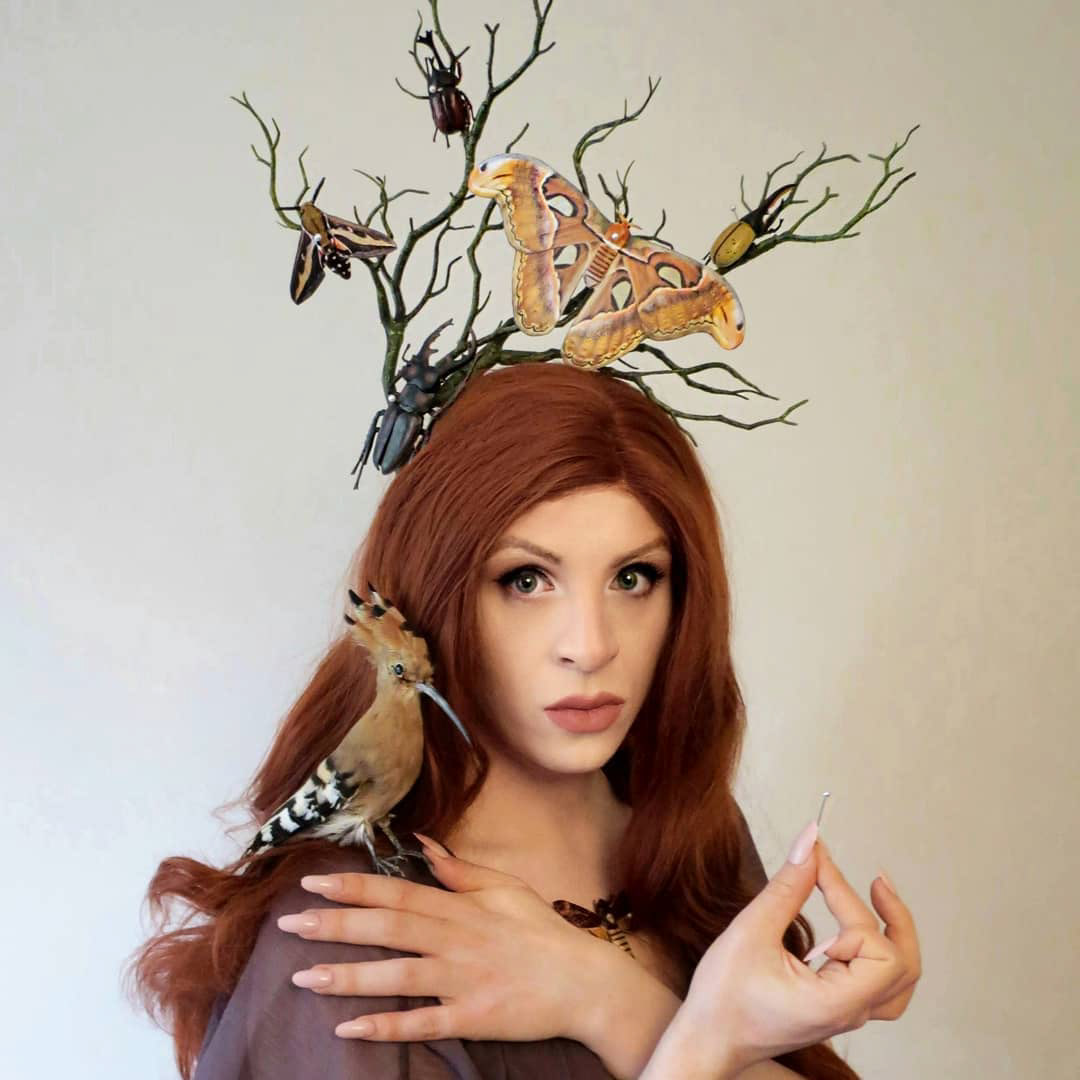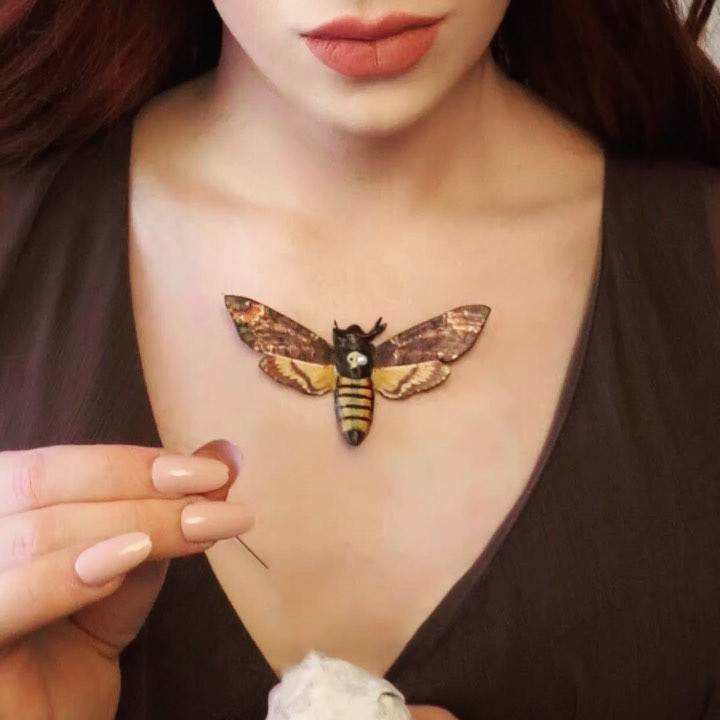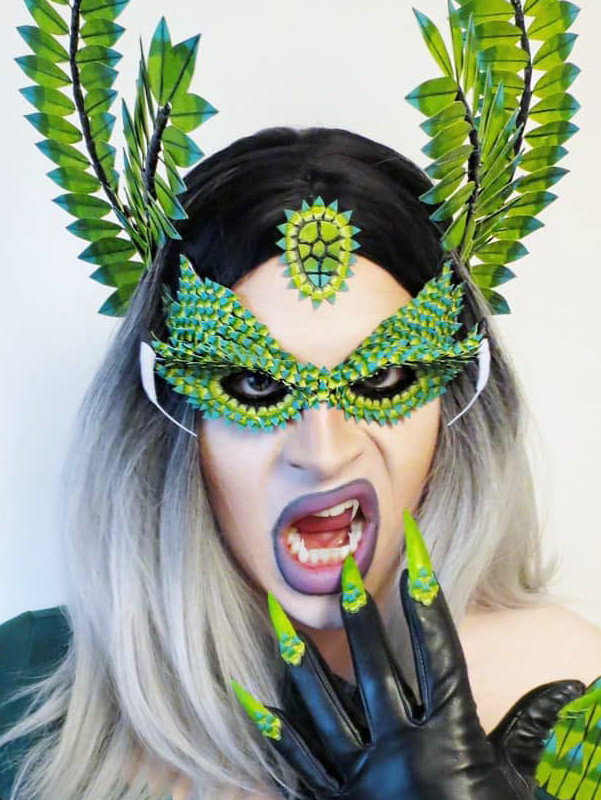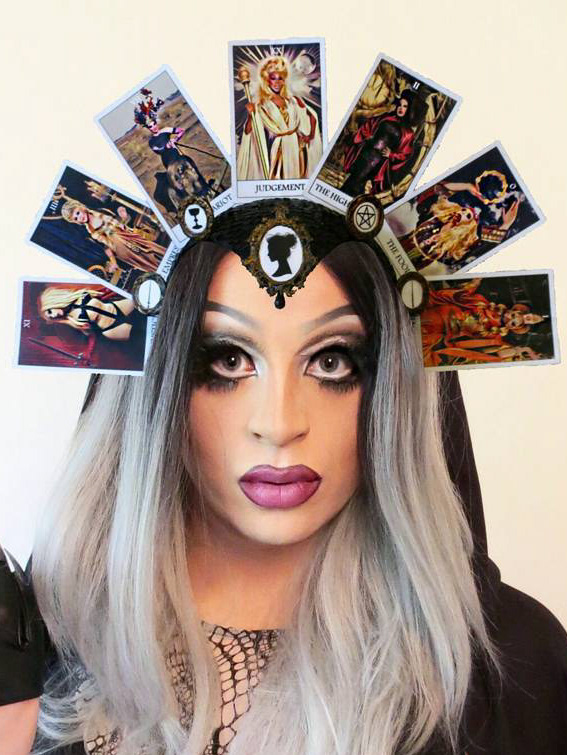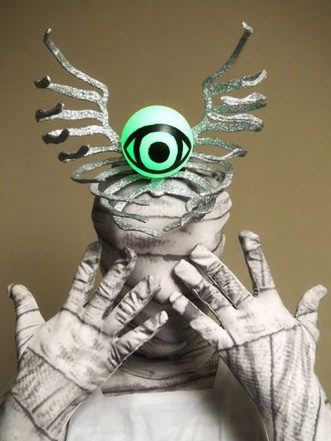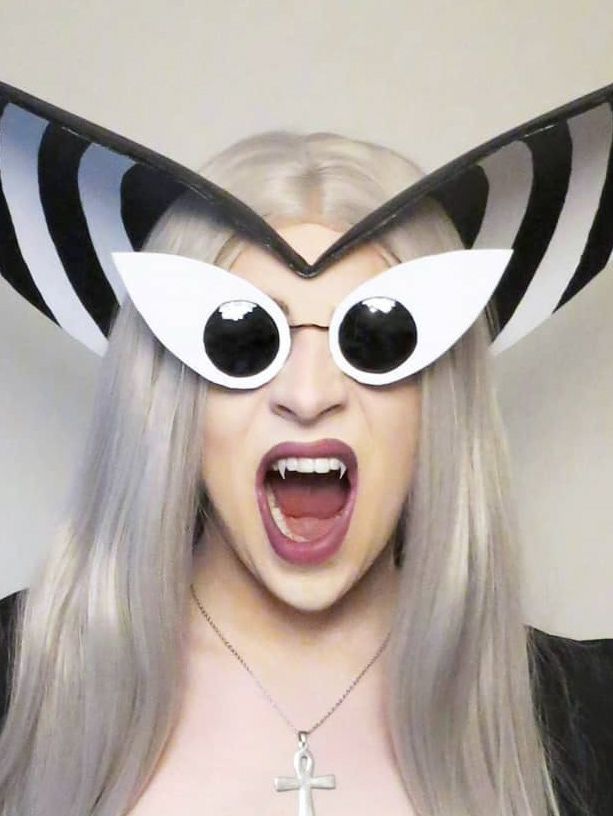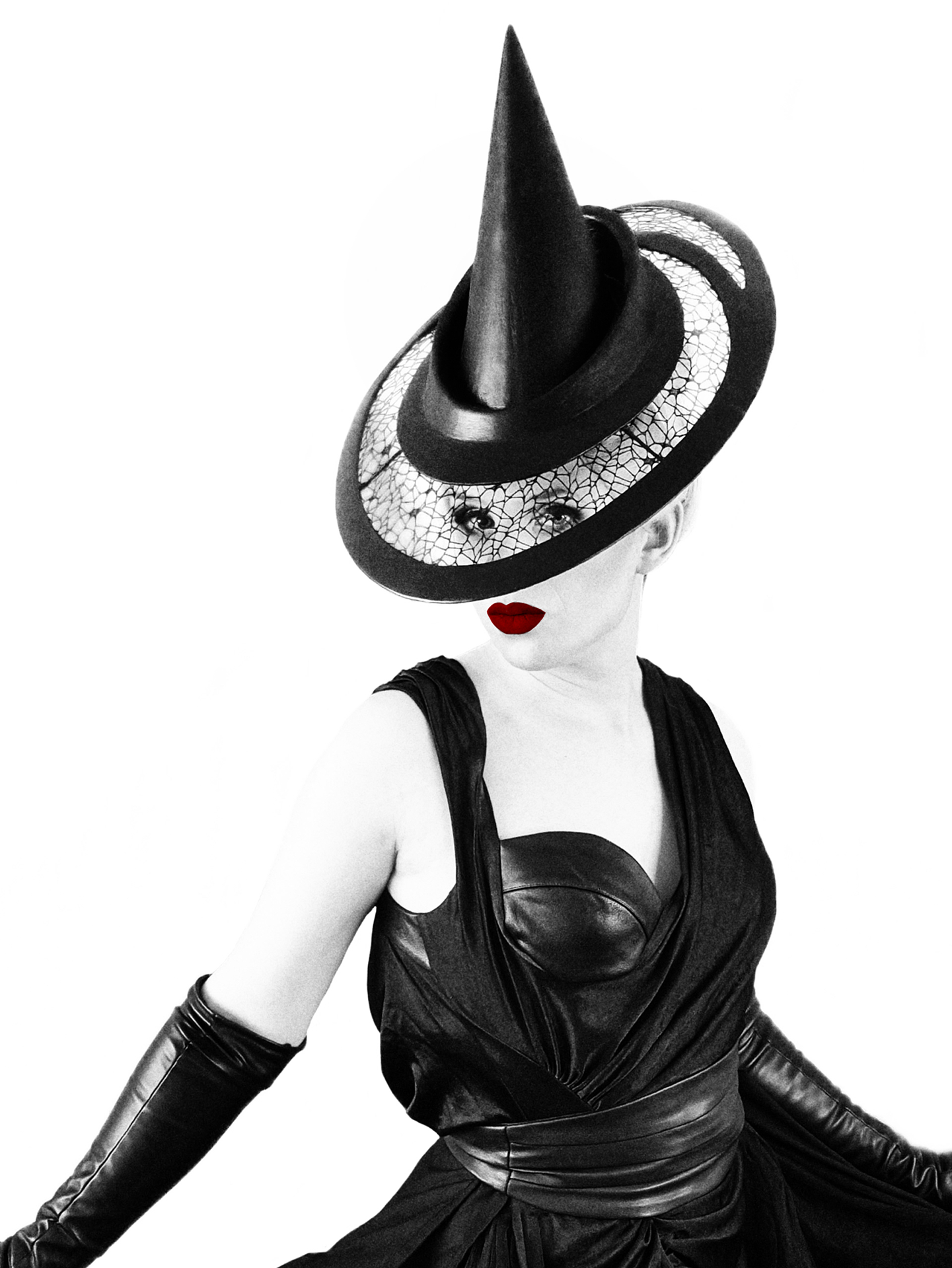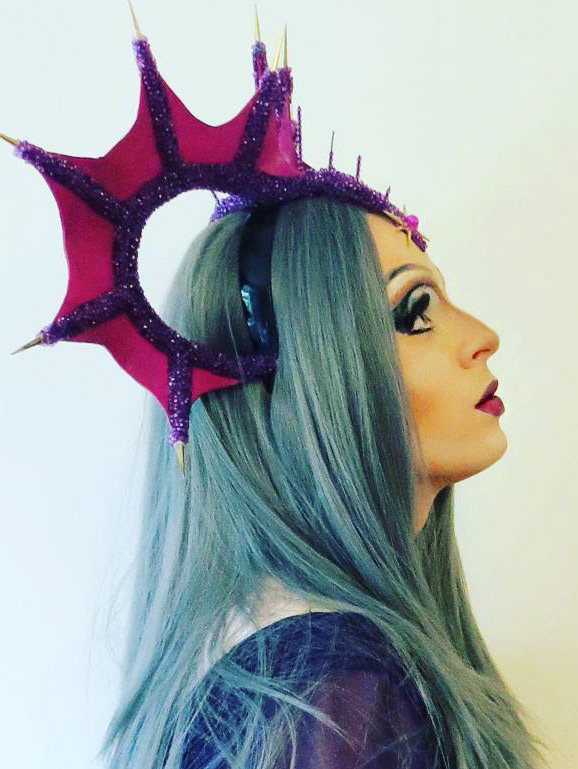
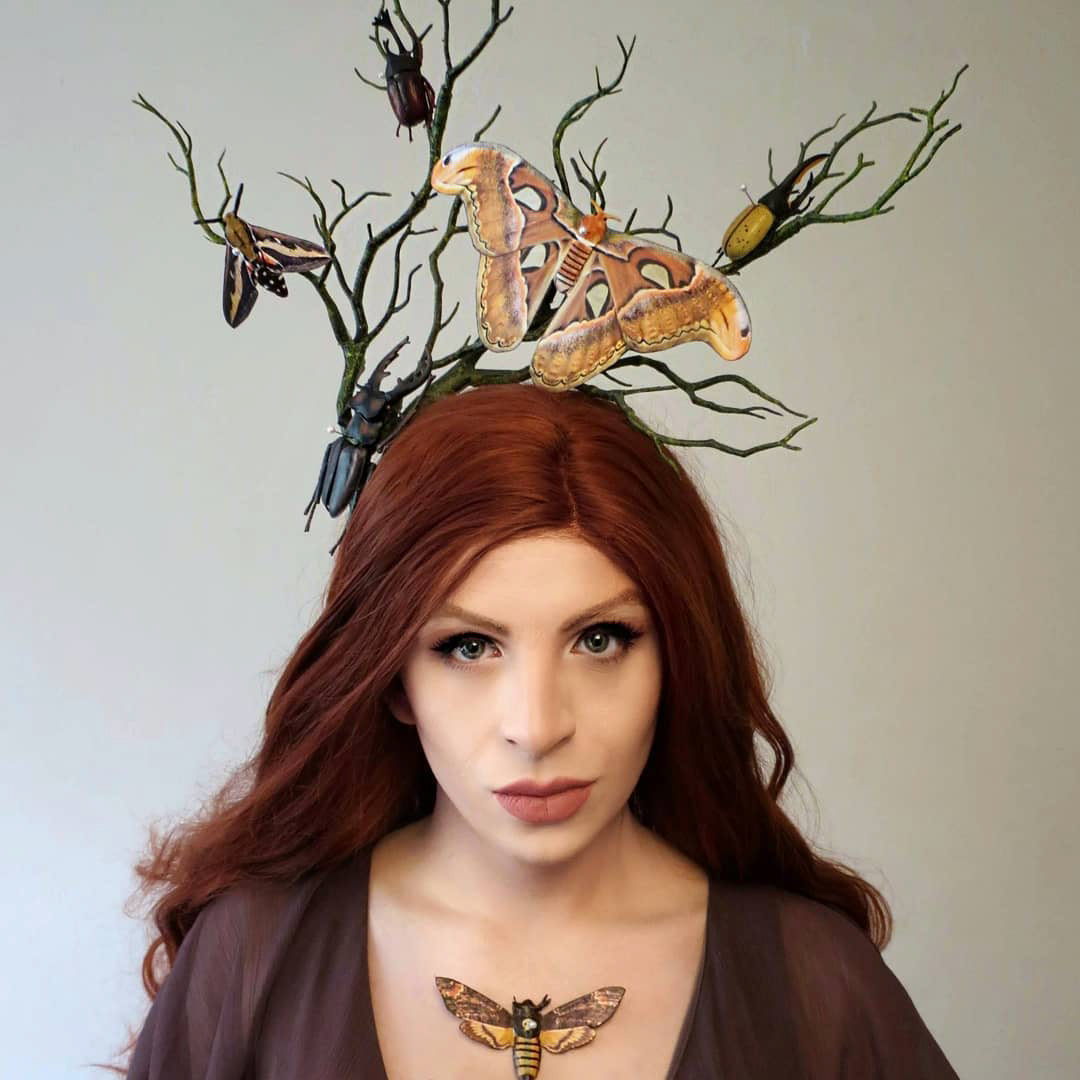
While I was familiar with the concept of a still life, it was only when I encountered the French name for this artistic tradition that I really understood what it meant. In French, these works are referred to as ‘Nature Morte’, literally ‘dead nature’, acknowledging the ephemerality of the harvested subjects.
A still life, much like taxidermy, seeks to grant an immortality to an ephemeral subject by fixing it in a representation of vitality. Just as motion evokes vitality, stillness carries connotations of death. Consequently, these representations of life are so suffused with death that they articulate an uncanny amalgam of the two – a state of living death.
When chronic illness entered my life, I lost so much of my capacity for exertion and, almost overnight, my life became a lot smaller. I had been brought to a halt in my prime, transformed into a pale imitation of my former self. Superficially, I was the same as before, but behind my eyes there was only pain and exhaustion. On a good day, for a few hours, I could pretend that nothing was wrong, but this was always short-lived. I was also starting to feel hemmed in by expectations of others and this only compounded my feelings of being reduced to a hollow representation of myself.
The headpiece references the pinned specimens of Victorian natural history and the era’s impulses to colonise and catalogue. The moth and butterfly wings are free to move, suggesting a defiance of their fate and the possibility of escape.
